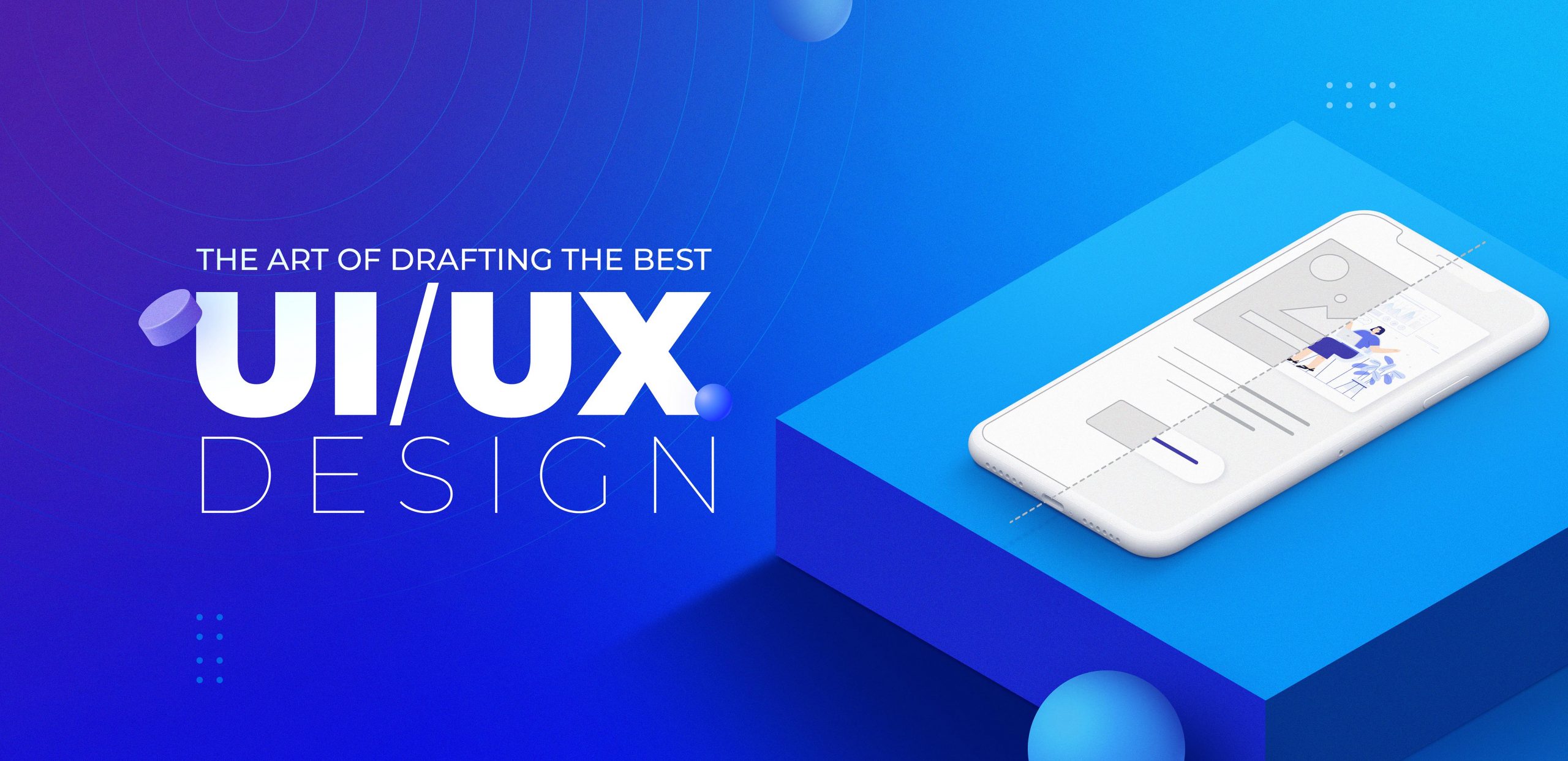As technology continues to evolve, the field of User Experience (UX) and User Interface (UI) design is at the forefront of shaping the digital experiences of tomorrow. UX/UI software solutions are essential tools for designers seeking to create interfaces that are not only visually appealing but also highly intuitive and user-friendly. This article explores the current trends in UX/UI software solutions, showcasing the tools and features that are paving the way for the future of digital design.

- Figma: Cloud-Based Collaboration: Figma has revolutionized collaborative design by offering a cloud-based platform that enables real-time collaboration among design teams. With features like multiplayer editing and cloud storage, Figma facilitates seamless teamwork, allowing designers to work together irrespective of geographical locations.
- Adobe XD: Integrated Design and Prototyping: Adobe XD remains a powerhouse in the UX/UI design space, providing an integrated solution for design and prototyping. With a focus on efficiency, XD allows designers to create interactive prototypes directly within the same platform, streamlining the design process from concept to user testing.
- Sketch: Vector-Based Interface Design: Sketch continues to be a favorite among UI designers for its focus on vector-based interface design. With an intuitive interface and a wealth of plugins, Sketch empowers designers to create sleek and responsive digital interfaces, making it a go-to tool for many design professionals.
- InVision Studio: Animation and Interaction Design: InVision Studio stands out for its comprehensive set of features catering to animation and interaction design. With a focus on creating dynamic and interactive prototypes, Studio facilitates a more realistic preview of the final user experience, enhancing collaboration and communication between designers and stakeholders.
- Axure RP: Prototyping and Wireframing Excellence: Axure RP excels in prototyping and wireframing, offering a comprehensive set of tools for creating interactive and dynamic prototypes. With its focus on user flows and conditional logic, Axure RP is a valuable tool for designers aiming to simulate realistic user interactions.
- Framer: Code-Integrated Design: Framer bridges the gap between design and development by offering code-integrated design features. With the ability to add interactive elements through coding, Framer empowers designers to create highly customized and dynamic user interfaces, providing greater control over the final product.
- Webflow: No-Code Web Design: Webflow is gaining popularity for its no-code approach to web design. With an intuitive visual interface, designers can create responsive websites without the need for extensive coding. Webflow’s ability to export clean and semantic code makes it a valuable tool for designers and developers alike.
- Proto.io: High-Fidelity Prototyping: Proto.io focuses on high-fidelity prototyping, allowing designers to create interactive and realistic prototypes that closely mimic the final product. With features like animated transitions and user testing capabilities, Proto.io is a valuable asset in the design process.
- Marvel: Design to Development Workflow: Marvel streamlines the design-to-development workflow by offering features like design handoff and developer-friendly tools. With a focus on collaboration and communication between designers and developers, Marvel ensures a smoother transition from design concepts to the final, user-tested product.
- SketchPad: Collaborative Whiteboard for Design Thinking: SketchPad provides a digital collaborative whiteboard environment, fostering design thinking and ideation among team members. With real-time sketching and collaborative editing features, SketchPad enhances creativity and communication in the early stages of the design process.
Conclusion:
The trends in UX/UI software solutions reflect a dynamic landscape where collaboration, prototyping, and efficient design workflows are paramount. Designers are embracing tools that not only streamline the design process but also foster collaboration and communication across teams. As we look to the future, these trends are indicative of a design ecosystem that values seamless collaboration, user-centric experiences, and the continuous evolution of digital interfaces. Designing tomorrow is not just about creating visually stunning interfaces; it’s about crafting experiences that resonate with users in an ever-evolving digital landscape.
